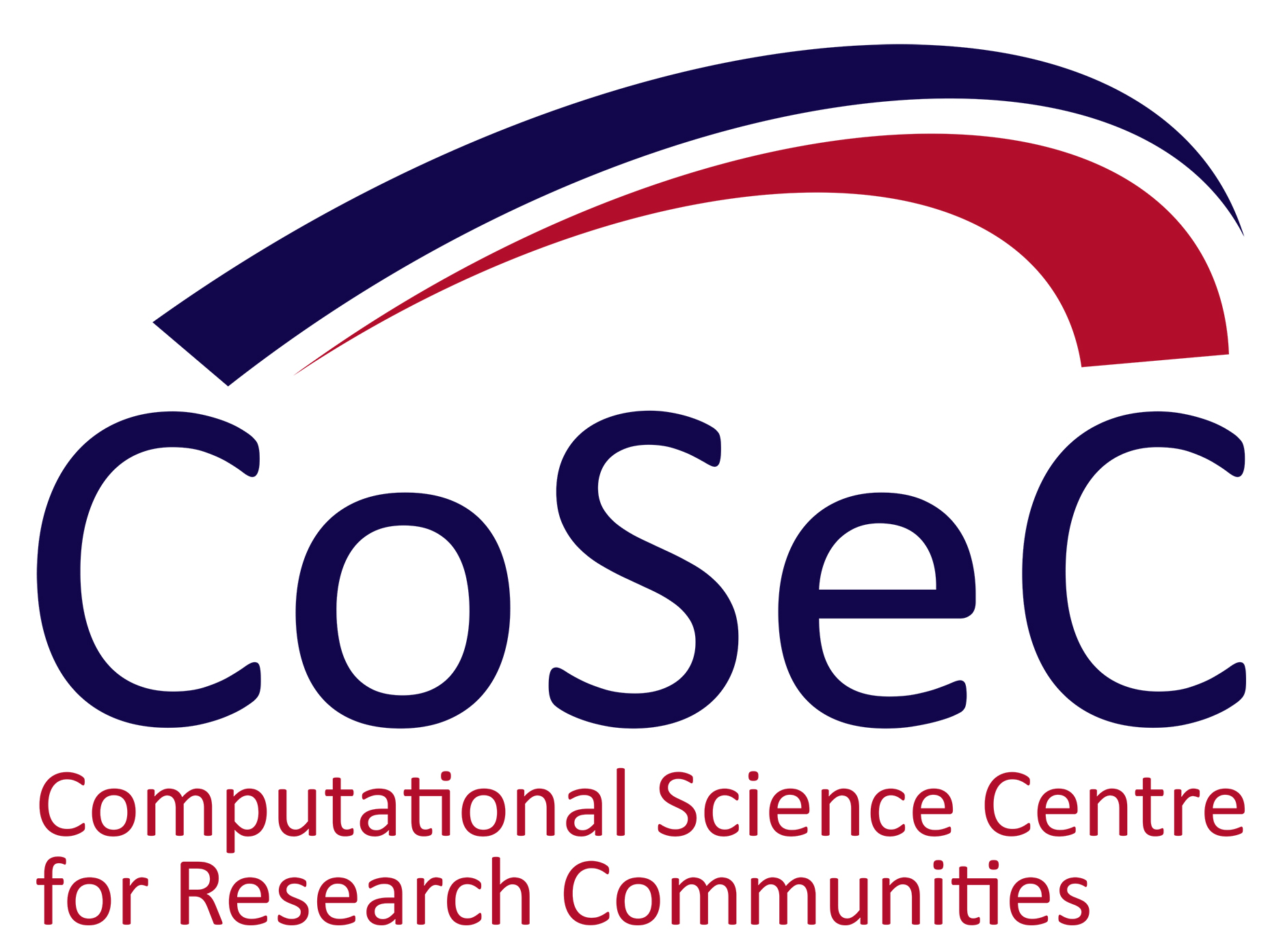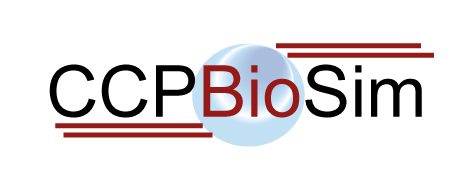About
COVID-19 Information
With regret, the organising committee and CCP5 have decided to postpone the Summer School until next year due to the coronavirus outbreak. We have decided against running the School remotely because we believe that it is important for the new generation of computational scientists to meet each other in person. Direct interactions, both socially and in the classes, are an essential part of the School’s purpose. We expect to announce firm dates for 2021 this summer.
We will soon send provisional offer letters to successful applicants. We realise that not everyone will want or be able to attend in 2021, so you are free to accept of reject the place. No payment will be due immediately, and arrangements for payments will be communicated closer to the dates in 2021 after confirmation of participation. Please inform us immediately if someone contacts you for any payment this year, since it is likely to be a scam. Applicants who are not accepted based on their application to the 2020 School may apply again for a place in 2021. We hope to expand the capacity of the School in 2021 to make up for the lost year.
Organised by CCP5 and sponsored by CECAM, the School is intended for newcomers to the science of molecular simulation and will provide a comprehensive introduction to the theoretical background as well as practical sessions on computational methods and research seminars to illustrate the versatility of simulation in modern research. There will also be opportunities for participants to present their own research.
The Summer School starts with a two-day programming course, where students can opt to take either Python or modern Fortran. After this preparation, the first five days of the main School will cover the basics of molecular simulation, and the remaining three days will be devoted to more advanced courses with options in mesoscale, ab initio, and biomolecular simulation. Course notes will be provided. In addition to the lectures, there will be extensive practical sessions in which students will undertake computational exercises to reinforce and further explore the material.
Please note The school can be recognized towards your doctoral training in UK, also upon request we can provide a letter for ECTS credits for your school.
There are no funds available for travel support or waiving the fee.
Key dates
TBD
Organising Committee
- Dr Colin Freeman, University of Sheffield
- Prof Neil Allan, University of Bristol
- Dr Mark Miller, University of Durham
- Dr Alin Elena, STFC Daresbury Laboratory
Sponsors





